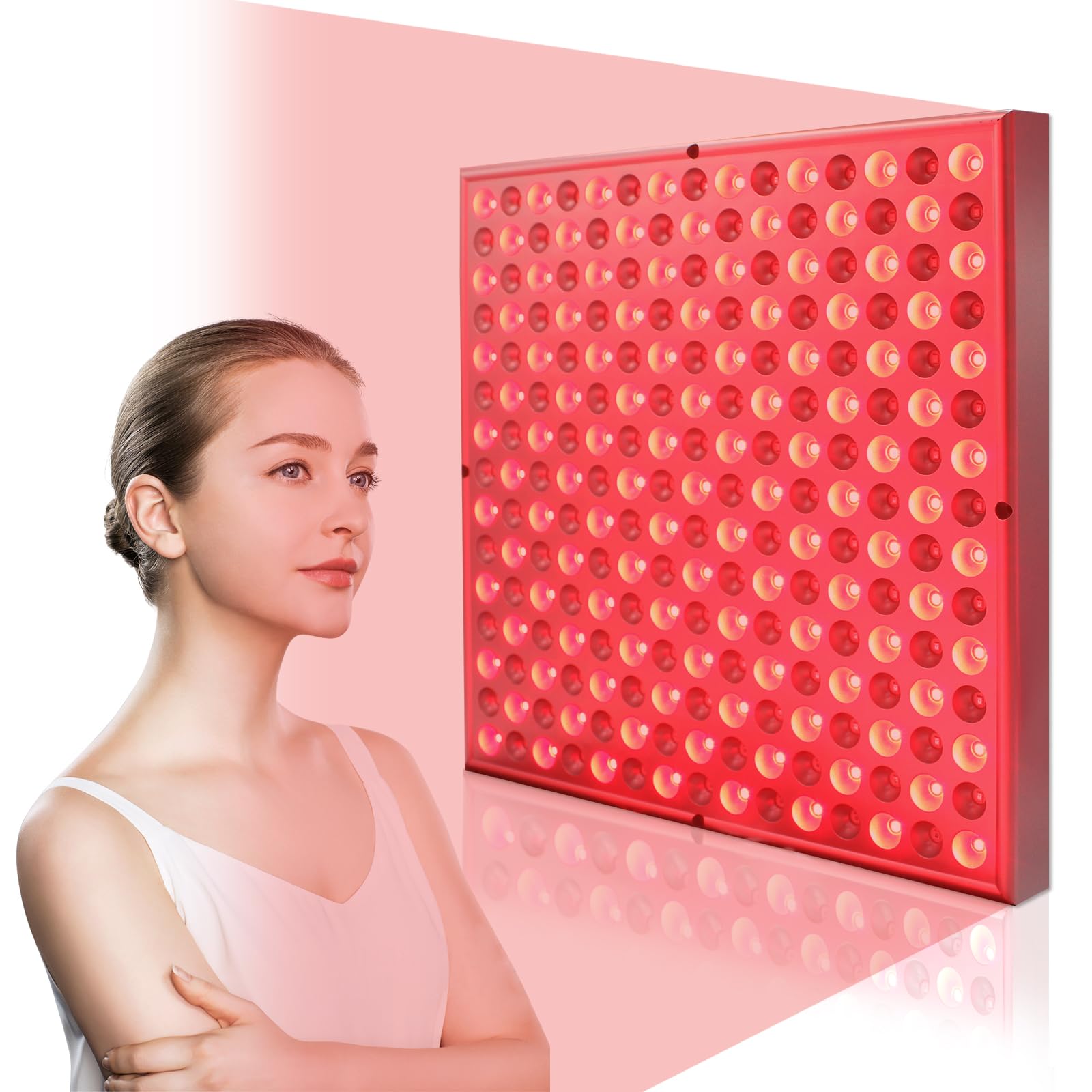Red light therapy (RLT) has gained attention as a non-invasive method for various health benefits, including potential weight loss. This therapy involves exposing your body to low-level red or near-infrared light, which is believed to penetrate the skin and affect cellular function. While RLT is commonly used for skin rejuvenation and pain relief, its effectiveness for weight loss remains a topic of debate.
Understanding Red Light Therapy
RLT utilizes specific wavelengths of light, typically between 600 to 1,000 nanometers, to penetrate the skin. This light is absorbed by the mitochondria in your cells, potentially enhancing energy production and promoting healing processes. The therapy is non-invasive and generally considered safe, with minimal side effects.
The Science Behind RLT and Weight Loss
The idea that RLT can aid in weight loss stems from its potential to influence fat cells. Some studies suggest that red light may cause fat cells to release lipids, which are then eliminated by the body. However, the scientific community remains divided on this claim. For instance, a Healthline article notes that while RLT may help remove fat from targeted areas, it is expensive, not well-studied, and may not work for everyone.
Clinical Studies and Findings
Research on RLT for weight loss is limited and often inconclusive. A pilot study from 2020 involving 60 adults with overweight showed a modest 0.8-inch (2 cm) reduction in waist circumference following twice-weekly low-level laser therapy treatments over six weeks. However, there was no control group to compare the results with, making it difficult to attribute the changes solely to RLT.
Another article from Healthnews mentions that multiple studies have shown RLT can assist in various aspects of fat reduction, leading to weight loss. However, these studies tend to be small, and not all of them involve a control group, which is necessary to determine the direct impact of the treatment on outcomes.
Expert Opinions
Medical professionals express caution regarding RLT for weight loss. The Cleveland Clinic states that there’s no scientific evidence to support red light therapy use in weight loss, cancer, cellulite removal, or mental health conditions like depression and seasonal affective disorder (SAD).
Similarly, WebMD notes that while some providers use red light therapy as a weight loss treatment, often called body contouring or body sculpting, the effect will likely be temporary and not due to any real weight loss.
Considering RLT for Weight Loss
If you’re contemplating RLT for weight loss, it’s crucial to approach it with realistic expectations. While some individuals report positive outcomes, the scientific evidence supporting its effectiveness is limited. Moreover, RLT should not replace traditional weight loss methods such as a balanced diet and regular exercise.
At-Home Red Light Therapy Devices
For those interested in exploring RLT, several at-home devices are available. These products are popular on Amazon and have received high ratings from users:
- Bestqool Red Light Therapy Device: This dual-chip clinical-grade LED device combines 660nm red and 850nm near-infrared light. It’s designed for body and face use, aiming to improve skin health and aid in recovery. The device has an irradiance of higher than 100mW/cm² at the surface, ensuring effective light penetration.
- Wolezek Red Light Therapy Lamp: Featuring a combination of 660nm red and 850nm near-infrared wavelengths, this lamp is suitable for both face and body applications. It comes with an adjustable holder, allowing for targeted treatment areas.
- SUXIO Red Light Therapy Lamp: This portable device offers deep 660nm red and 850nm near-infrared light therapy. It’s designed for both face and body use and includes an eye-patch for protection during sessions.
Safety and Precautions
Before starting RLT, consult with a healthcare professional, especially if you have underlying health conditions or are pregnant. Ensure that any device you use is FDA-approved and follow the manufacturer’s instructions carefully. Be aware that while RLT is generally considered safe, overuse or improper use can lead to adverse effects.
Conclusion
Red light therapy presents a promising avenue for various health benefits, including potential weight loss. However, the current scientific evidence is insufficient to conclusively support its effectiveness for weight loss. If you choose to explore RLT, do so as a complementary approach alongside proven weight loss methods, and always prioritize safety by consulting with healthcare professionals.



